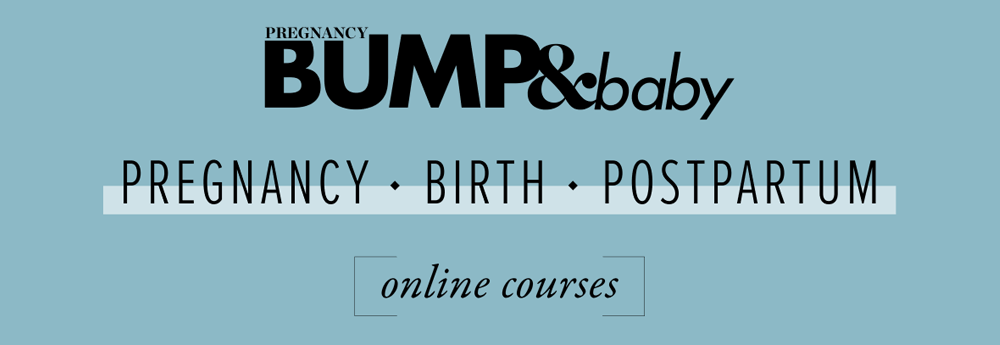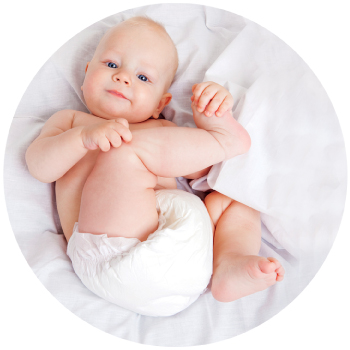
As a new parent, the responsibility of taking care of your tiny, helpless baby can be overwhelming. And even if you have an older child or children already, each new baby’s arrival can feel like starting over – particularly when guidelines and rules change over time and with new research. Safety is one area you can’t afford to be casual about, and it’s important to stay up-to-date on the latest info about keeping your little one safe. Here are five myths about baby safety, debunked.
- Myth: You don’t need to boil or sterilise bottles, breast pump parts, or other equipment.
Truth: Babies are far more susceptible to infection, germs, and nasties as their immune systems are immature, and tap water can contain all kinds of things which aren’t suitable for their little systems to handle. You need to boil and sterilise their bottles and teats, as well as breast pump parts and any containers in which breast milk or infant formula are stored, for at least the first three months. You also need to boil the water you use to make up their infant formula until your baby is at least three months old – six months if you’re concerned about the quality of your tap water. Bore water and tank water should be boiled until your baby is 18 months old.
- Myth: Co-sleeping is best for your baby.
Truth: While it is best if your baby sleeps in the same room as you as it can decrease the risk of SUDI (Sudden Unexpected Death in Infancy), sleeping in the same bed – also known as bed-sharing – may not be a good idea, particularly if your baby is under three months of age. Bed-sharing increases the risk of SUDI and is not recommended. Plunket also says, “Don’t let your baby share a bed with anyone who smokes, or is very tired, or takes sleeping pills, or is under the influence of alcohol or social drugs. Babies should not bed-share if their mother smoked during pregnancy.”
- Myth: Baby walkers are a safe way to help babies learn to walk earlier.
Truth: Baby walkers can be dangerous. A baby in a walker can quickly propel themselves toward a staircase, open door, or hot oven, and severely injure themselves. Even if you think your baby will be safe because you’re watching them, all it takes is a moment when your back is turned. Stationery activity discs or centres where your baby can’t travel anywhere are a safer option.
- Myth: Your baby needs sunscreen to protect them from the sun.
Truth: This is a tricky one. Sunscreen isn’t suitable for babies under the age of six months, so in this case you should keep your baby out of direct sun and dress them in loose clothing that covers their exposed skin, and a sun hat, and keep them shaded – use a pram shade or pop-up beach shelter if you’re in the sun with them. For babies over the age of six months, some sunscreens are suitable for use – check with your chemist or GP – but you should still keep your baby out of direct sunlight and keep them well-covered (but not enough so that they get overheated).
- Myth: Cot bumpers will protect your baby’s head from getting bumped.
Truth: Cot bumpers used to be part of every cot layette, but safe sleep guidelines state that they’re not just unnecessary, they’re a suffocation and strangulation hazard – as is that fluffy cot duvet you may have bought too. Your baby should sleep on a firm mattress covered with a fitted sheet, with no soft toys, pillows, quilts, or cot bumpers. Choose warm pyjamas or a baby sleep sack/swaddle wrap instead.
BUMP&baby
BUMP & baby is New Zealand’s only magazine for pregnancy and early babyhood. Our team of mums and mums-to-be understand what it’s like to be pregnant in this connected age, and that’s why BUMP & Baby online is geared toward what pregnant women and new mums really want to know.
Other articles of interest
A wonderful first-time birth
When people ask me about my birth story, I always tell them not to let other people’s horror stories put them off
Nappies 101
One of the less-savoury but necessary parts of new parenting is learning how to become a nappy-changing pro







